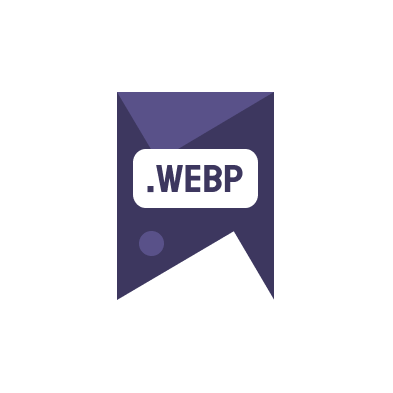A Comprehensive Guide to Integrating WebP in Vue, React, or Angular App
Optimize your web applications by integrating WebP in Vue, React, or Angular app. WebP, an image format from Google, offers superior lossless and lossy compression for images on the web. It allows developers to create smaller, richer images that make web applications faster and more responsive.
Benefits of Integrating WebP
WebP provides numerous benefits like faster load times, high-quality images, and better performance, which can significantly improve user experience.
Process of Integrating WebP in Vue, React, or Angular App
The process of integrating WebP in Vue, React, or Angular app involves a few steps, including converting images to WebP format and configuring your app to support this format.
Converting Images to WebP
Use an online tool like ConverterWebp to convert your images to WebP format. It’s free, easy to use, and provides high-quality WebP images.
Configuring Your App to Support WebP
Once you’ve converted your images, you’ll need to configure your Vue, React, or Angular app to support WebP. This involves updating your app’s code to detect WebP support and serve WebP images when supported.
Testing Your App
After integrating WebP, be sure to test your app across different browsers and devices to ensure it is displaying WebP images correctly and improving load times.
By integrating WebP in Vue, React, or Angular app, you can take advantage of the many benefits this image format offers, such as faster load times and high-quality images.
Want to learn more about WebP and how to integrate it into your apps? Check out this SEO Starter Guide from Google.
Need help with the integration? Don’t hesitate to contact us for assistance.
So why wait? Start integrating WebP in Vue, React, or Angular app today and enhance your app’s performance and user experience.
